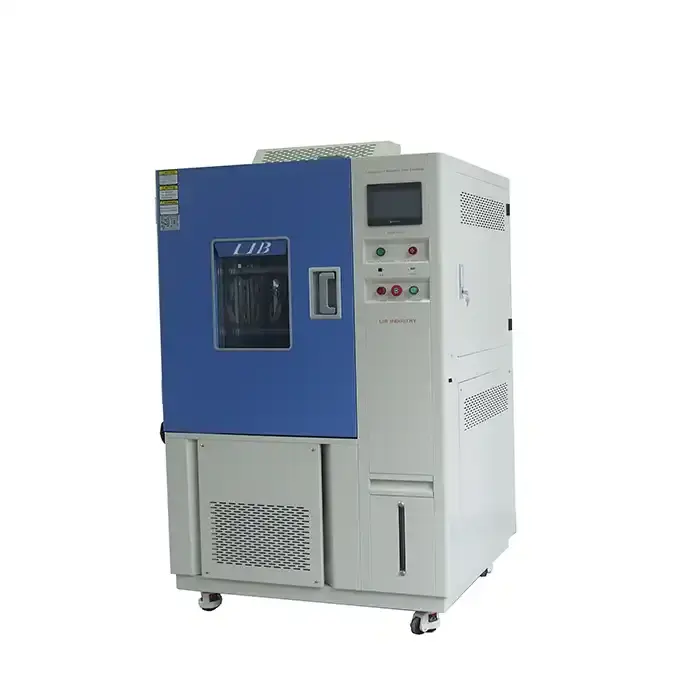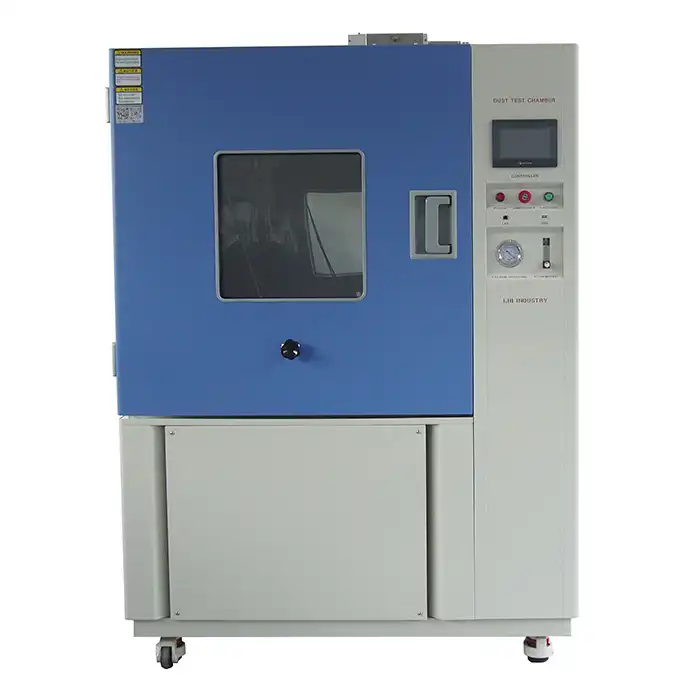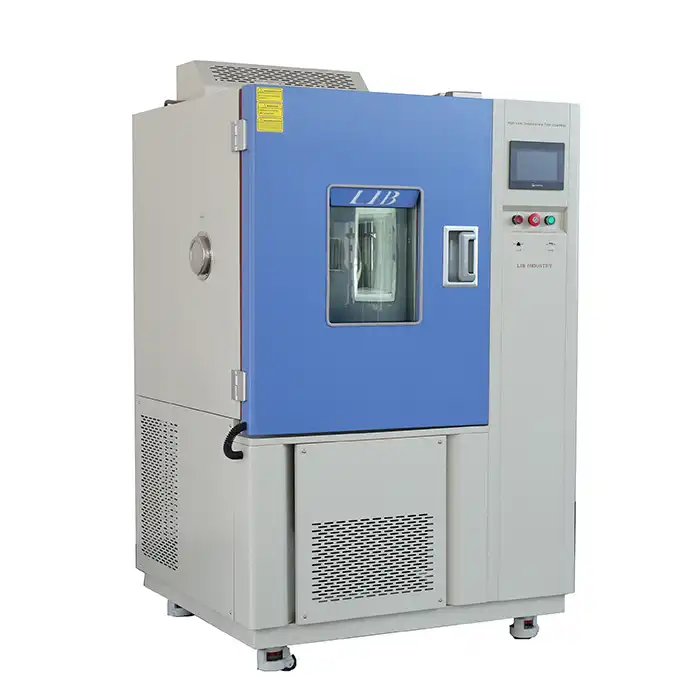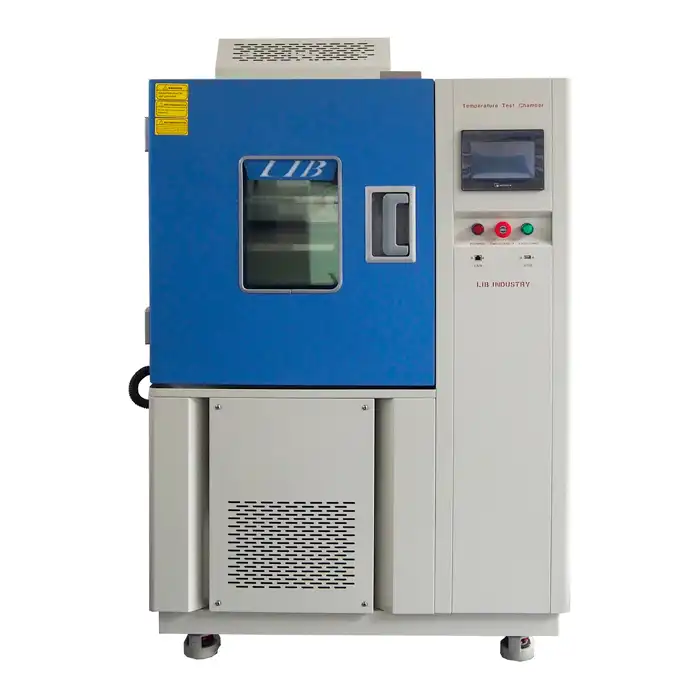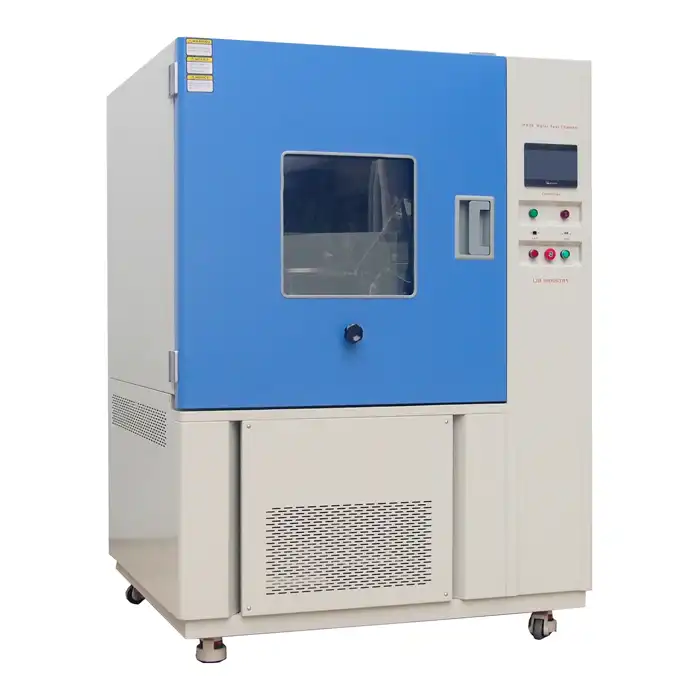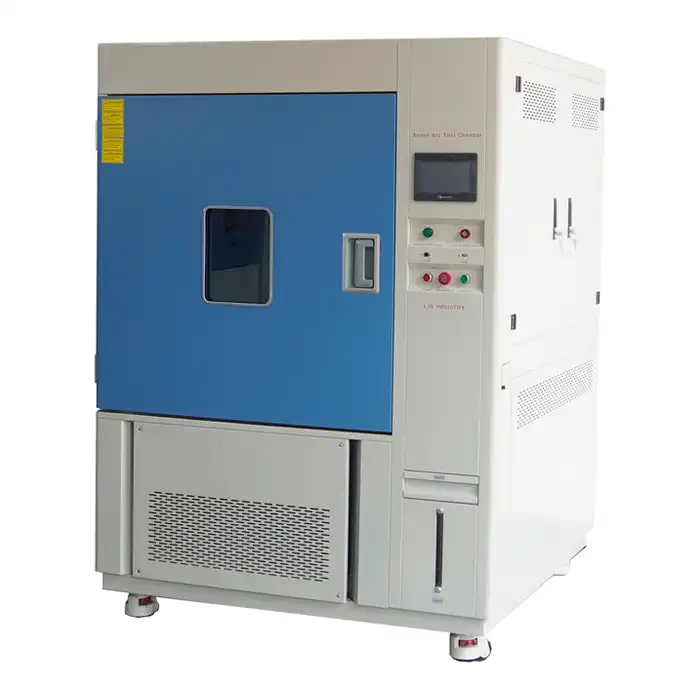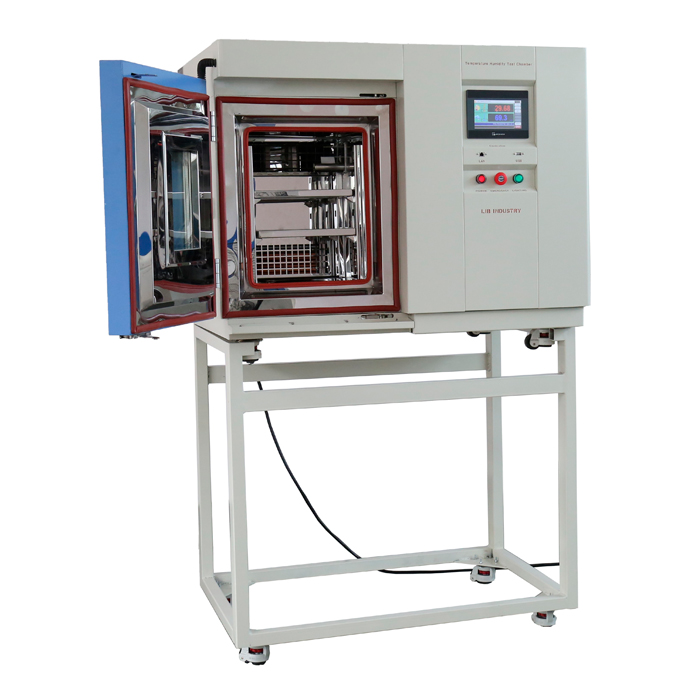Key Components and Functionality of Dust Ingress Test Chambers
Dust ingress test chambers are essential tools for manufacturers and industries that need to evaluate the resistance of products to dust particles. These chambers simulate real-world environments where dust exposure could affect the performance of electronic devices, automotive components, and more. In this article, we'll break down the key components and functionality of a dust ingress test chamber to help you understand how these systems work and why they are essential for product testing.
Core Components of a Dust Ingress Test Chamber: A Breakdown of the System
A dust ingress test chamber is comprised of several critical components that work together to replicate controlled dust exposure conditions. These chambers typically feature a sealed test space, a dust circulation system, and a vacuum mechanism. Additionally, they are equipped with control panels and monitoring systems to oversee the entire process.
The test space is designed to prevent external air from entering, ensuring precise dust distribution inside the chamber. The dust used in the tests typically meets specific standards, such as ISO 20653, which governs dust particle size and behavior. With this level of precision, manufacturers can evaluate how their products fare under varying dust exposure levels, ensuring products meet ingress protection (IP) ratings like IP5X and IP6X.
The Dust Circulation System: Ensuring Uniform Distribution for Accurate Testing
The dust circulation system is a vital part of a dust ingress test chamber. This component is responsible for ensuring that dust particles are evenly distributed to replicate real-world conditions. Dust is often blown or circulated using fans or blowers that generate wind speeds according to the specific test requirements. Proper distribution ensures that every part of the tested product is exposed to dust, providing accurate and reliable results.
To ensure uniform dust distribution, chambers often include sensors and visual inspection windows. This enables operators to monitor the process and adjust settings as necessary. For instance, in military equipment testing, uniform distribution is crucial for simulating desert conditions where dust particles can infiltrate sensitive machinery.
Data from these tests can reveal how well a product can protect against dust ingress, allowing manufacturers to make necessary design adjustments. If the dust is not uniformly distributed, it could lead to inaccurate test outcomes, which could misrepresent the product's durability.
Vacuum Systems in Dust Ingress Test Chambers: Simulating Real-World Scenarios
Vacuum systems play a pivotal role in simulating real-world conditions where dust ingress might occur under low-pressure environments. This feature is especially important when testing sealed products, such as enclosures or electronic devices, where dust could enter through small gaps when exposed to a vacuum or reduced pressure.
The vacuum system works by reducing the internal pressure of the dust ingress test chamber, forcing dust particles to try and penetrate the test object. This process mimics scenarios where products are exposed to high-altitude environments, such as aerospace applications, where the risk of dust ingress increases due to pressure differentials.
For example, mobile devices or rugged outdoor equipment are often tested using this method to ensure that their seals are strong enough to withstand dust infiltration, even under extreme pressure changes. By including a vacuum system, manufacturers can simulate these demanding conditions and ensure that products remain dust-tight.
Control Panels and Programmable Features: Enhancing Precision and Usability
The control panel is the central hub of a dust ingress test chamber. Modern chambers are equipped with advanced control panels that allow operators to customize test parameters for optimal precision. Programmable features enable users to set dust concentration levels, test durations, and pressure settings with ease.
These programmable functions not only ensure accuracy but also improve the efficiency of the testing process. For instance, manufacturers can run multiple tests with different parameters without having to manually adjust the settings each time. This convenience is particularly important in industries where multiple products need to be tested under varying conditions.
Additionally, control panels often integrate data logging capabilities, allowing manufacturers to track test results over time. This data can be invaluable for quality control, product development, and compliance with international standards. By analyzing the results, manufacturers can determine whether a product meets the necessary dust ingress protection requirements or if further adjustments are needed.
Material Selection and Chamber Design: Built for Durability and Compliance
The durability and effectiveness of dust ingress test chambers depend heavily on their material selection and design. These chambers are typically constructed from corrosion-resistant materials, such as stainless steel, to withstand the harsh conditions they simulate. The interior walls of the chamber are often designed to resist abrasion from dust particles, ensuring that the chamber maintains its integrity over time.
Furthermore, the design of the chamber must comply with international testing standards, such as IEC 60529, which defines the degrees of protection provided by enclosures (IP codes). Chambers are built to accommodate various product sizes and configurations, making them versatile for different industries, from electronics to automotive.
At LIB Industry, we specialize in providing top-tier dust ingress test chambers that meet the highest standards of precision and reliability. Contact us today at ellen@lib-industry.com to learn how our solutions can help you ensure your products are built to last in challenging environments.
References
1. IEC 60529, "Degrees of Protection Provided by Enclosures (IP Code)," International Electrotechnical Commission.
2. ISO 20653, "Road Vehicles - Degrees of Protection (IP Code) - Protection of Electrical Equipment Against Foreign Objects, Water, and Access," International Organization for Standardization.
3. "Ingress Protection Testing for Electronics and Enclosures," Journal of Environmental Engineering.
4. "Environmental Testing in the Automotive Industry," SAE International.



